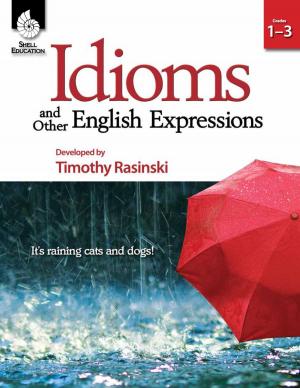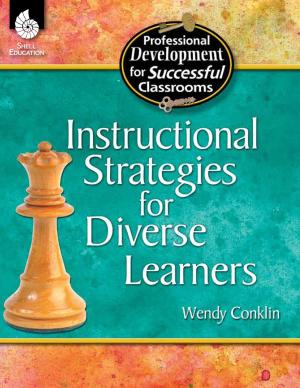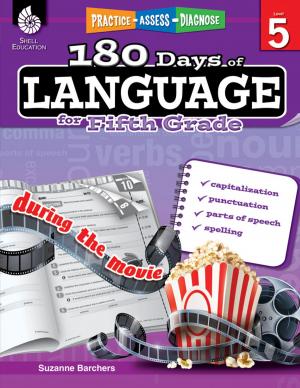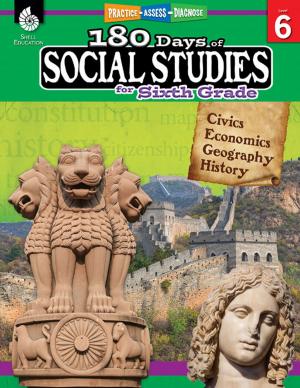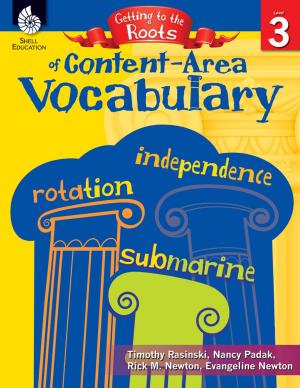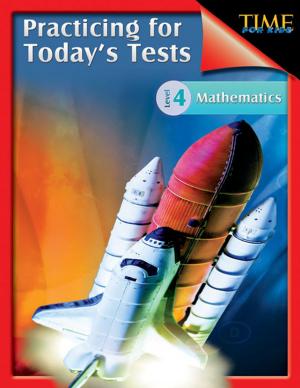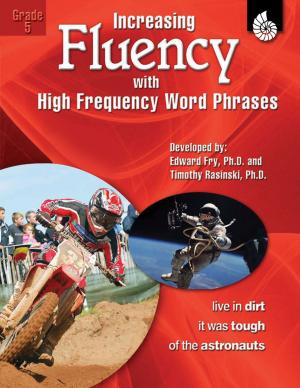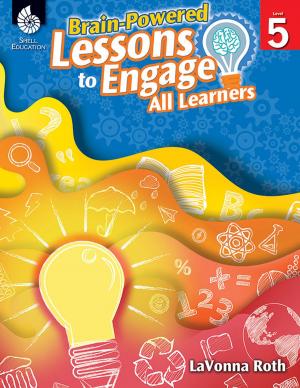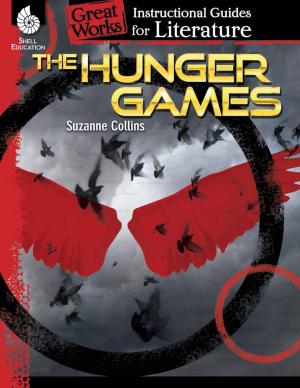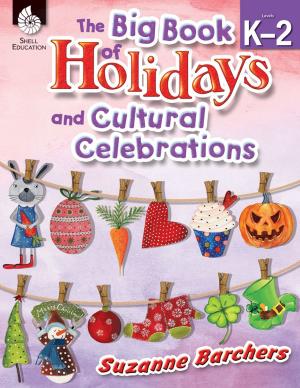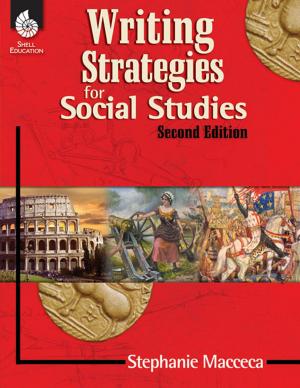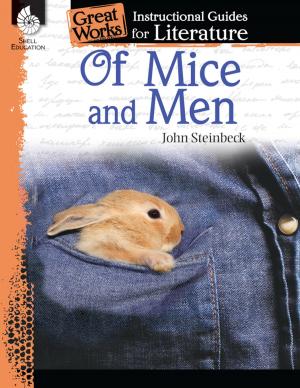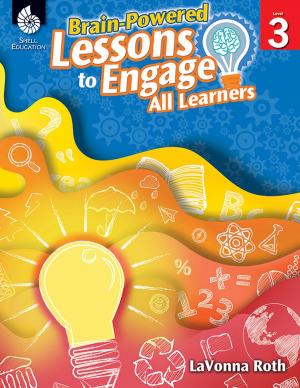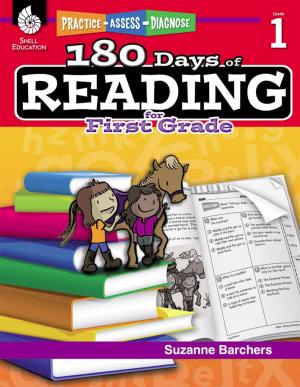Information Literacy: Separating Fact from Fiction
Nonfiction, Reference & Language, Education & Teaching, Teaching, Computers & Technology, Teaching Methods| Author: | Sara Armstrong, Pamela Brunskill | ISBN: | 9781545715901 |
| Publisher: | Shell Education | Publication: | June 25, 2018 |
| Imprint: | Shell Education | Language: | English |
| Author: | Sara Armstrong, Pamela Brunskill |
| ISBN: | 9781545715901 |
| Publisher: | Shell Education |
| Publication: | June 25, 2018 |
| Imprint: | Shell Education |
| Language: | English |
From the moment we wake up until the moment we go to sleep, we are bombarded with words, images, and videos, all presented in a dizzying array of media. Our increasingly difficult job is to make sense of the information we encounter throughout the day. Understanding and evaluating where information comes from and separating fact from fiction are critical skills that many students do not have. This resource provides educators with the tools they need to help students: become critical thinkers and users of information from multiple sources; assimilate information and discard unusable facts; become global thinkers who actively analyze, assess, and apply their learning not just to the classroom, but to the world around them. The book is divided into three sections to guide teachers through the lessons and activities needed to encourage critical reasoning and successful information literacy: Finding Information, Analyzing Information, and Using Information. Finding Information focuses on where students find information as well as the different types of digital information that is available. Analyzing Information provides opportunities to practice analyzing and questioning information wisely, and provides easy-to-use reasoning strategies to help students carefully and critically analyze the information they encounter. Using Information includes guidelines for how students can effectively move online information from their devices into knowledge they can use to create and share products. An extensive list of recommended websites, software applications, digital information sites, and apps is also included. Equip students with the skills they need to become 21st century thinkers with this standards-based resource.
From the moment we wake up until the moment we go to sleep, we are bombarded with words, images, and videos, all presented in a dizzying array of media. Our increasingly difficult job is to make sense of the information we encounter throughout the day. Understanding and evaluating where information comes from and separating fact from fiction are critical skills that many students do not have. This resource provides educators with the tools they need to help students: become critical thinkers and users of information from multiple sources; assimilate information and discard unusable facts; become global thinkers who actively analyze, assess, and apply their learning not just to the classroom, but to the world around them. The book is divided into three sections to guide teachers through the lessons and activities needed to encourage critical reasoning and successful information literacy: Finding Information, Analyzing Information, and Using Information. Finding Information focuses on where students find information as well as the different types of digital information that is available. Analyzing Information provides opportunities to practice analyzing and questioning information wisely, and provides easy-to-use reasoning strategies to help students carefully and critically analyze the information they encounter. Using Information includes guidelines for how students can effectively move online information from their devices into knowledge they can use to create and share products. An extensive list of recommended websites, software applications, digital information sites, and apps is also included. Equip students with the skills they need to become 21st century thinkers with this standards-based resource.

